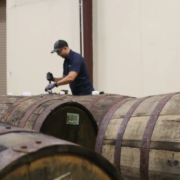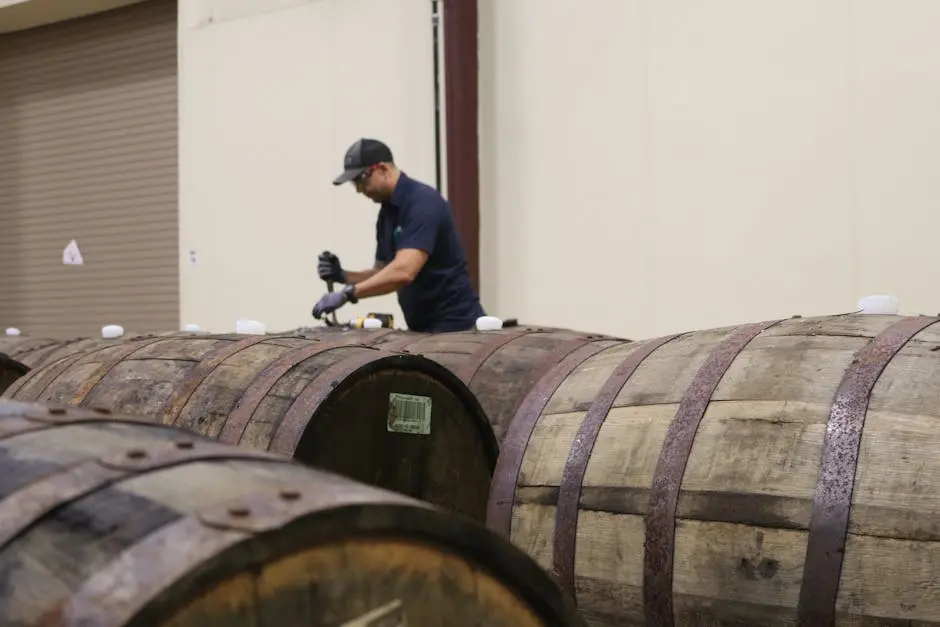How Does Bulk Wine Shipping Impact the Quality of Wine?
Bulk wine shipping has become a popular method for transporting wine, but many wonder how it affects the quality of the wine itself. In this blog, we’ll explore the key aspects of bulk wine shipping and its impact on wine quality, ensuring you get the most out of your favorite beverages.
Understanding Bulk Wine Shipping
Bulk wine shipping involves transporting large quantities of wine in tanks or large containers. This method is efficient and cost-effective, but it brings unique challenges that can influence wine quality.
Many wineries opt for bulk shipping as it allows them to reach broader markets without the heavy cost of bottling and packaging. However, it’s essential to consider how these efficiencies might affect the sensory attributes of the final product.
For instance, while bulk shipping caters to logistics in a speedy way, the long journey from vineyard to consumer can still be a delicate one, requiring precise handling and monitoring throughout.
Temperature Control During Shipping
Maintaining proper temperature is crucial for preserving wine quality. Fluctuations in temperature during shipping can lead to undesirable changes in flavor and aroma.
Wine is sensitive to temperature changes. Too cold, and you risk stunting the development of its flavors; too warm, and you could accelerate the aging process, sometimes negatively impacting its taste. Optimal shipping scenarios strive to maintain a steady environment.
Innovative technologies have emerged to assist in temperature control during transit. From insulated containers to real-time temperature monitoring, these advancements play a vital role in keeping your wine exactly as it was intended.
Additionally, some producers choose to wait for the right season to ship their wines, ensuring optimal conditions that safeguard quality. With careful planning, the risks associated with temperature fluctuations can be greatly reduced.
Oxidation and Its Effects
When wine is exposed to oxygen, it can lead to oxidation, altering its taste and aging process. Bulk shipping must minimize oxygen exposure to retain the wine’s intended profile.
Oxidation can be a double-edged sword. In small amounts, it can enhance complexity, but excessive exposure typically results in flat or even spoiled wine. That’s why transport vessels must be designed to limit contact with air.
Many bulk shipping solutions now incorporate inert gas blanketing to reduce the chances of oxidation. This process replaces oxygen in the shipping container with gases like nitrogen or argon, helping retain the wine’s vibrant character.
As we see, while bulk shipping can potentially introduce the risk of oxidation, with the right precautions and technology, producers can manage and even mitigate these issues effectively.
Quality Control Measures
Effective quality control measures, such as testing and monitoring throughout the shipping process, are essential to ensure the wine arrives in optimal condition.
Quality control does not merely begin and end with the bottling process; rather, it is a continuous commitment throughout the journey of the wine. Regular inspections and assessments ensure that the wine is not inadvertently compromised during transportation.
Many producers now employ sophisticated quality assurance systems that track the wine’s journey. This includes everything from temperature logs to oxygen levels, providing peace of mind for both producers and consumers alike.
By prioritizing quality control, wineries can ensure that what reaches the consumer reflects their careful craftsmanship, even after a long journey.
Impact on Small vs. Large Producers
The effects of bulk wine shipping may vary between small and large producers. Understanding these differences is important when considering wine quality and production methods.
For smaller winemakers, bulk shipping often presents a viable way to compete with larger entities by lowering transportation costs. However, it can pose more significant challenges in maintaining the signature quality of their unique products.
Conversely, larger producers usually benefit from established protocols and more robust infrastructure. They have the resources to implement advanced quality control measures, which can buffer the inherent risks of bulk shipping on wine quality.
Ultimately, regardless of size, each producer must navigate the complexities of bulk shipping methodically. This approach ensures that they not only meet logistical demands but also uphold the quality and reputation their brands have cultivated.
Wrapping Up the Impact of Bulk Wine Shipping
Understanding the effects of bulk wine shipping allows both consumers and producers to make informed decisions about wine quality. By taking the necessary precautions, it’s possible to minimize risks and enjoy exceptional wines that maintain their character and integrity.



